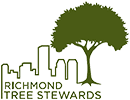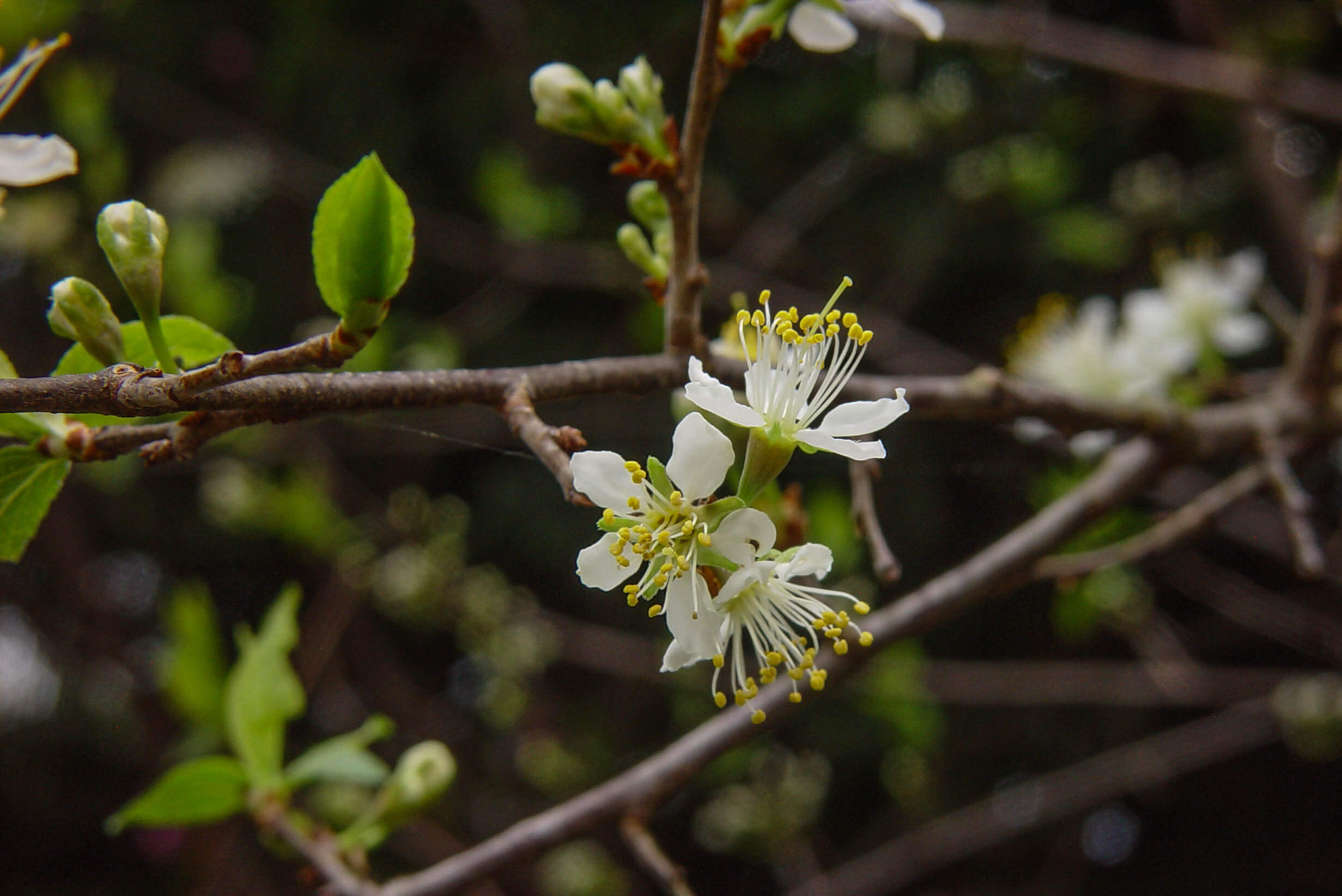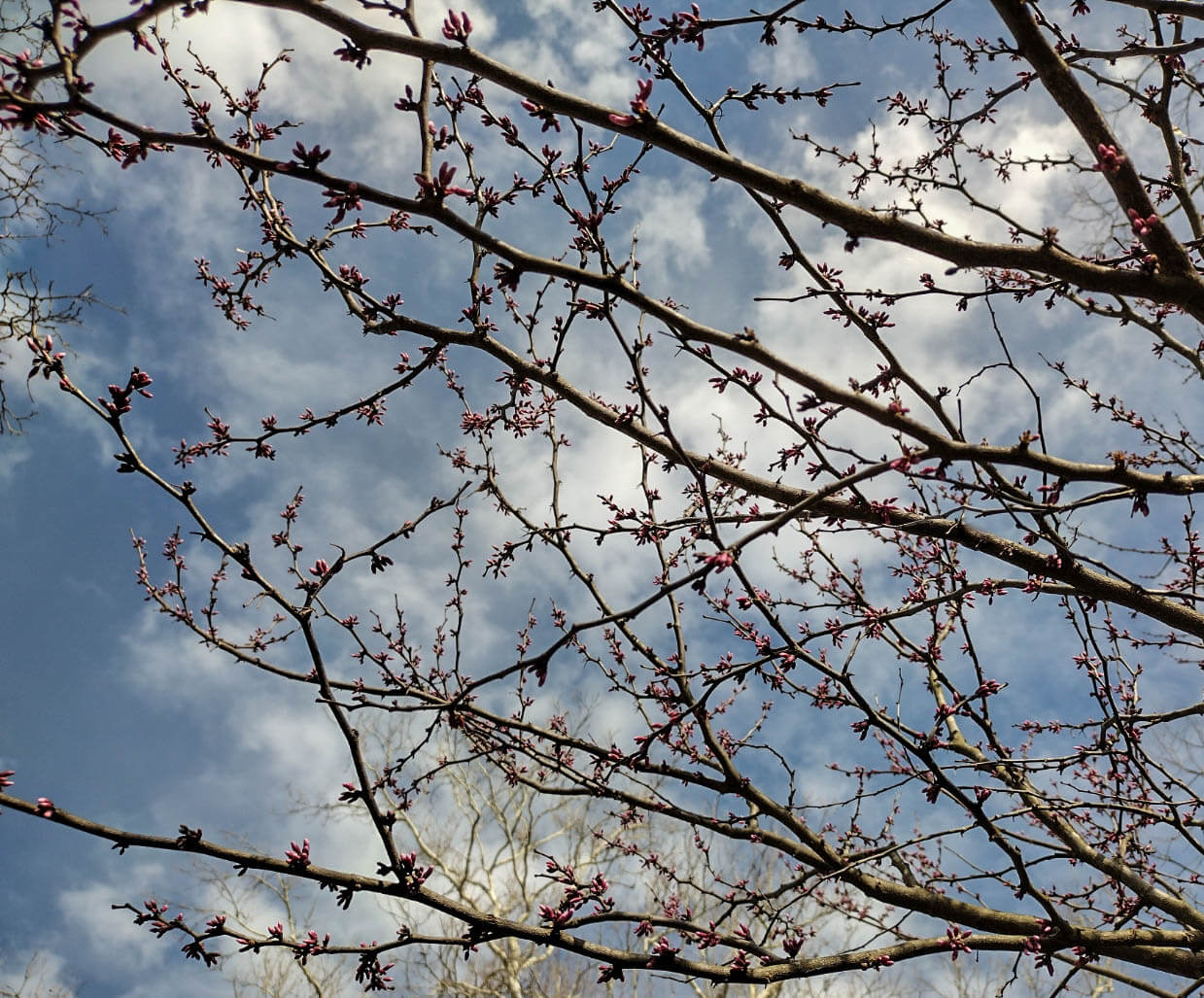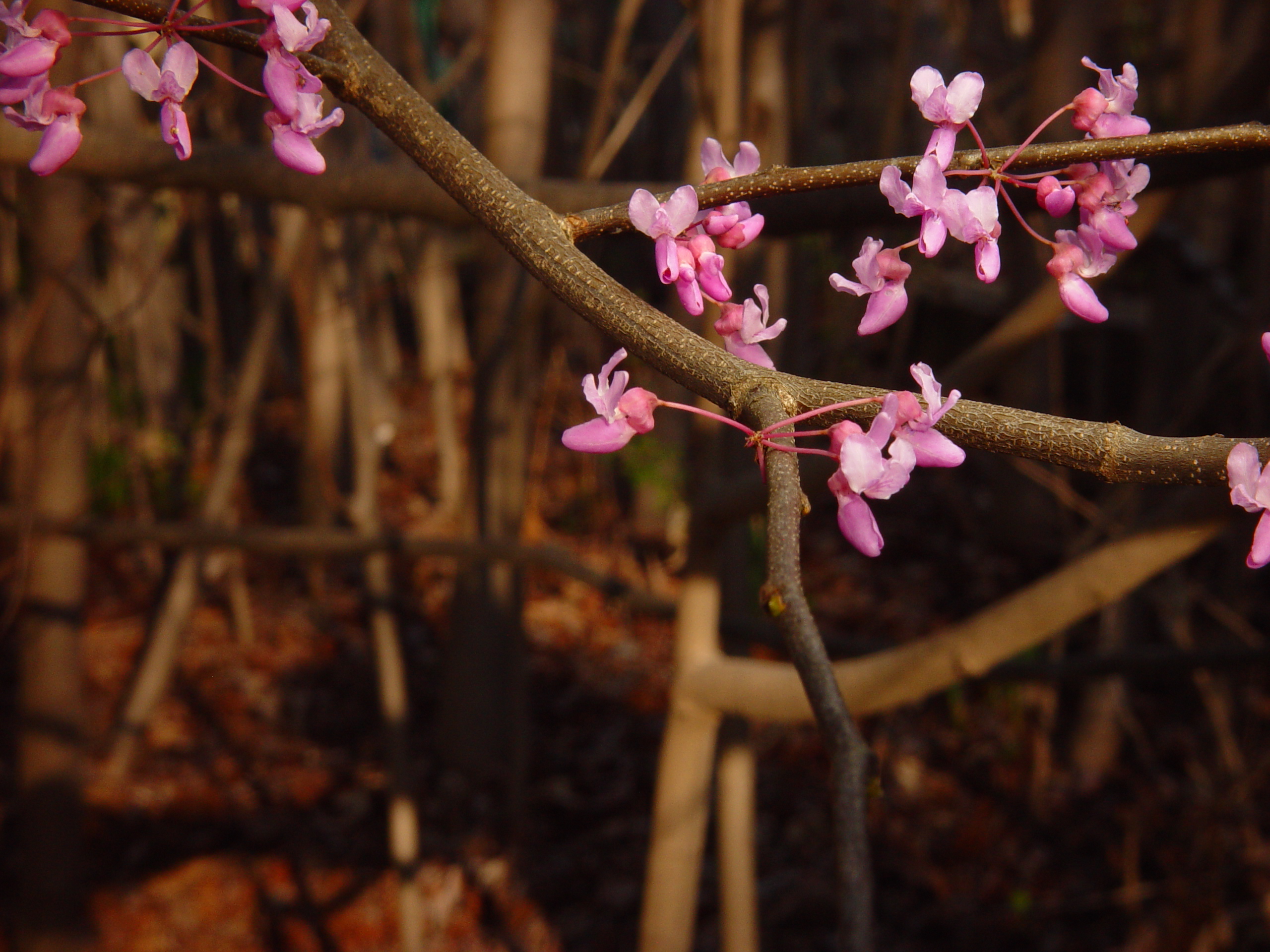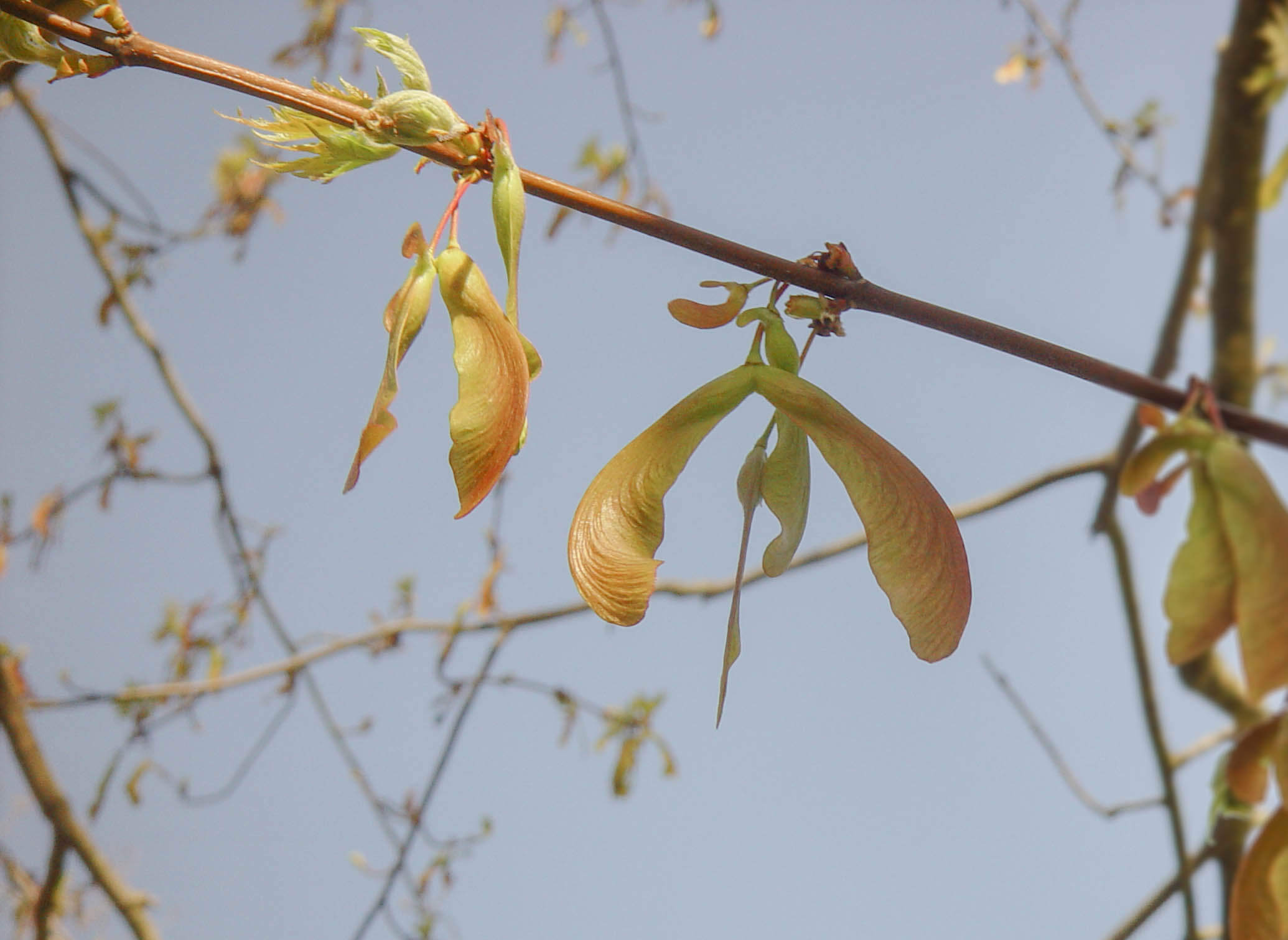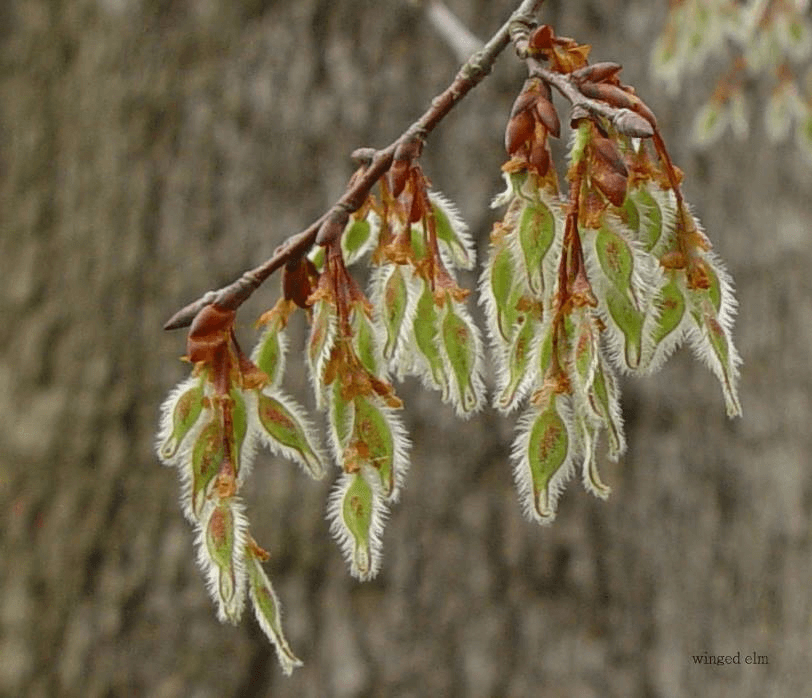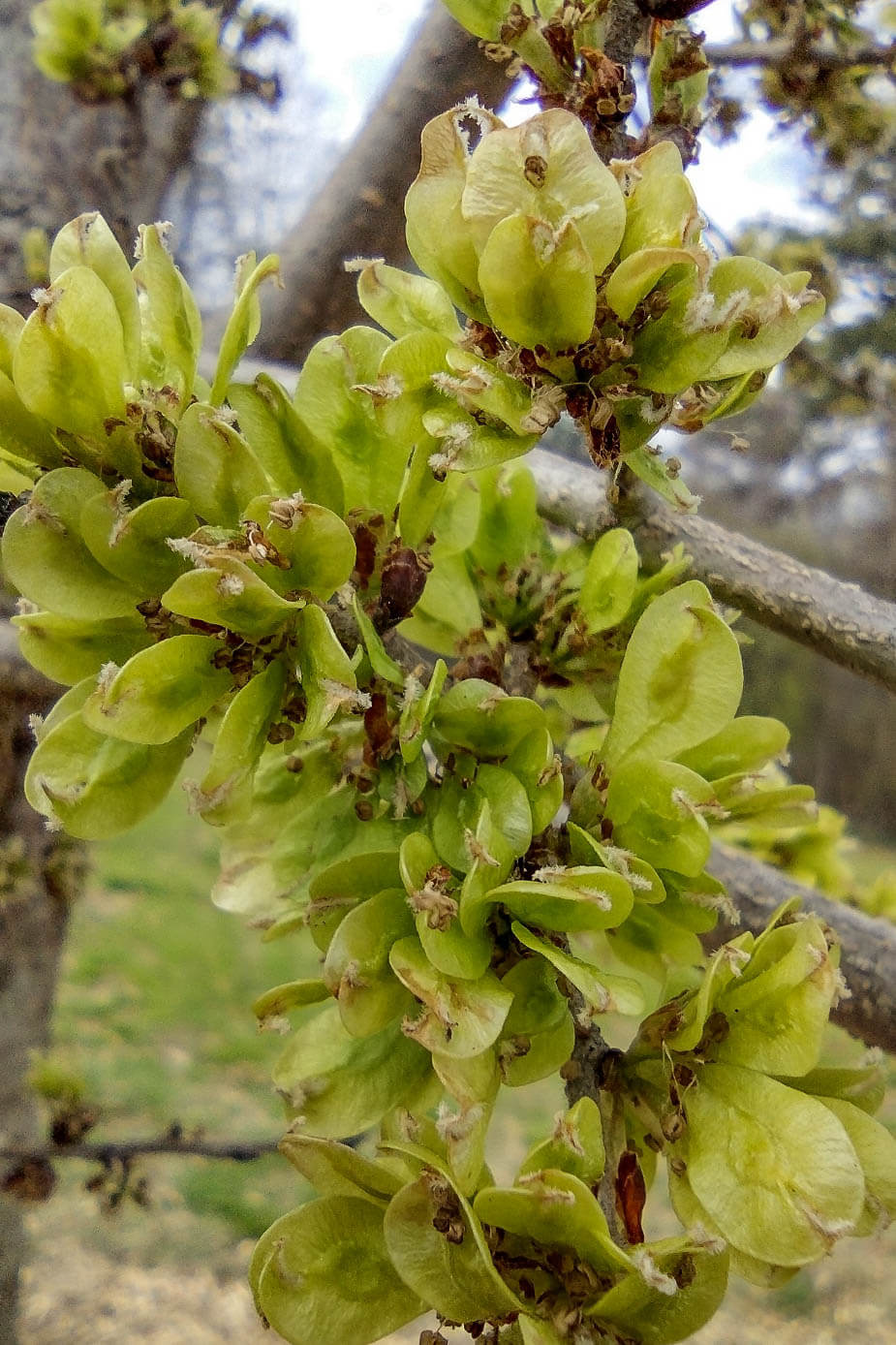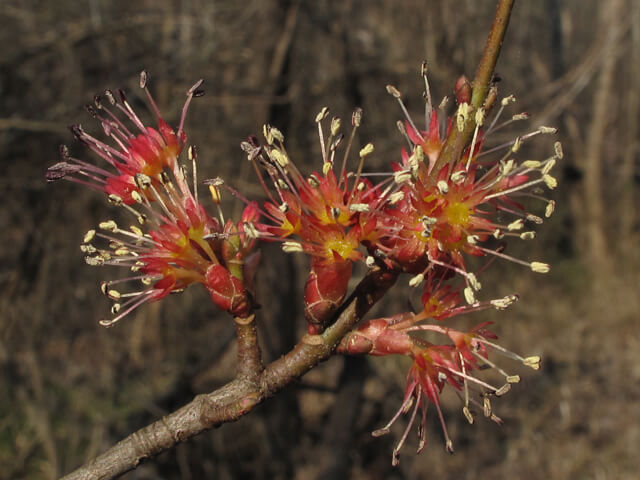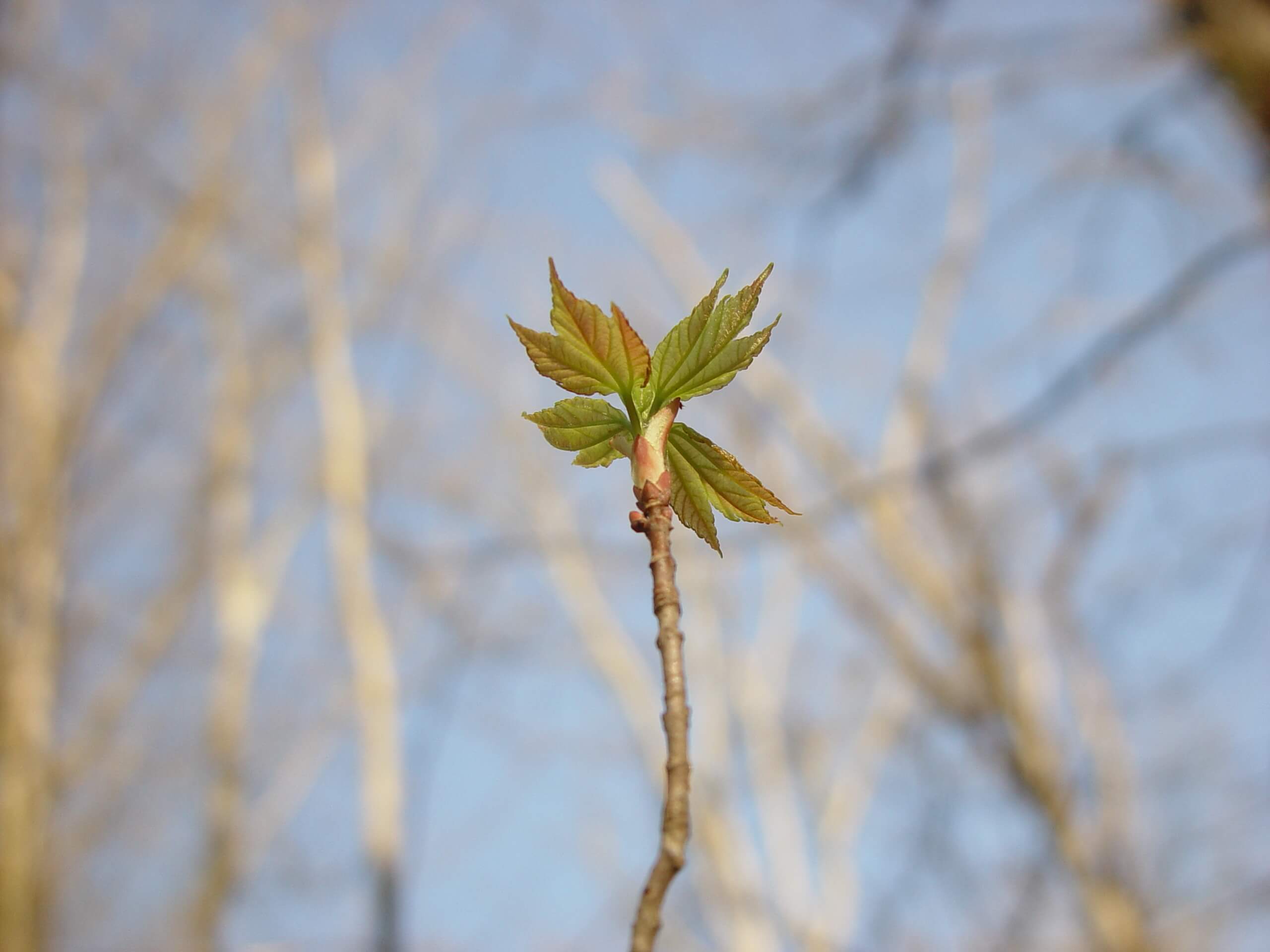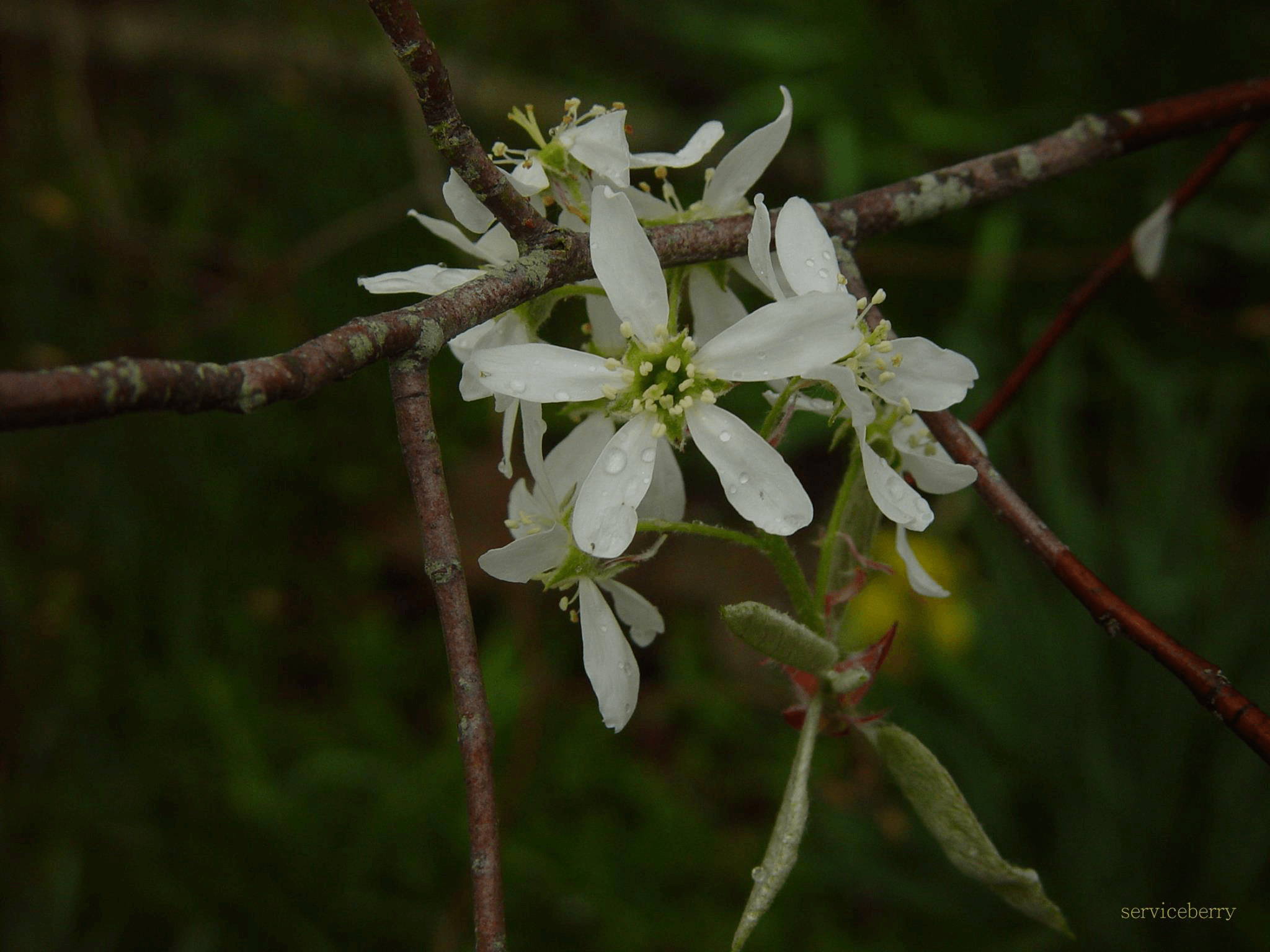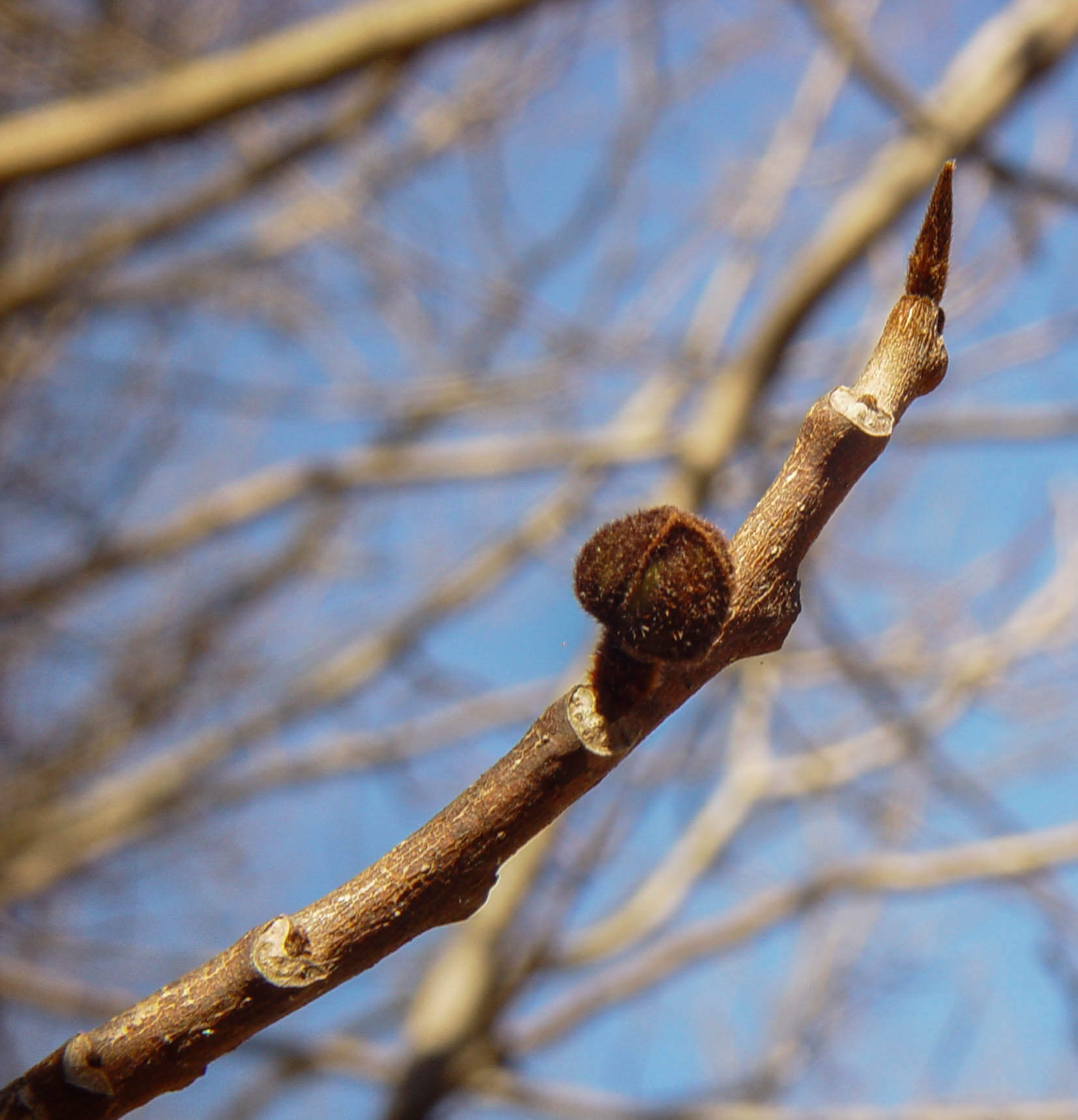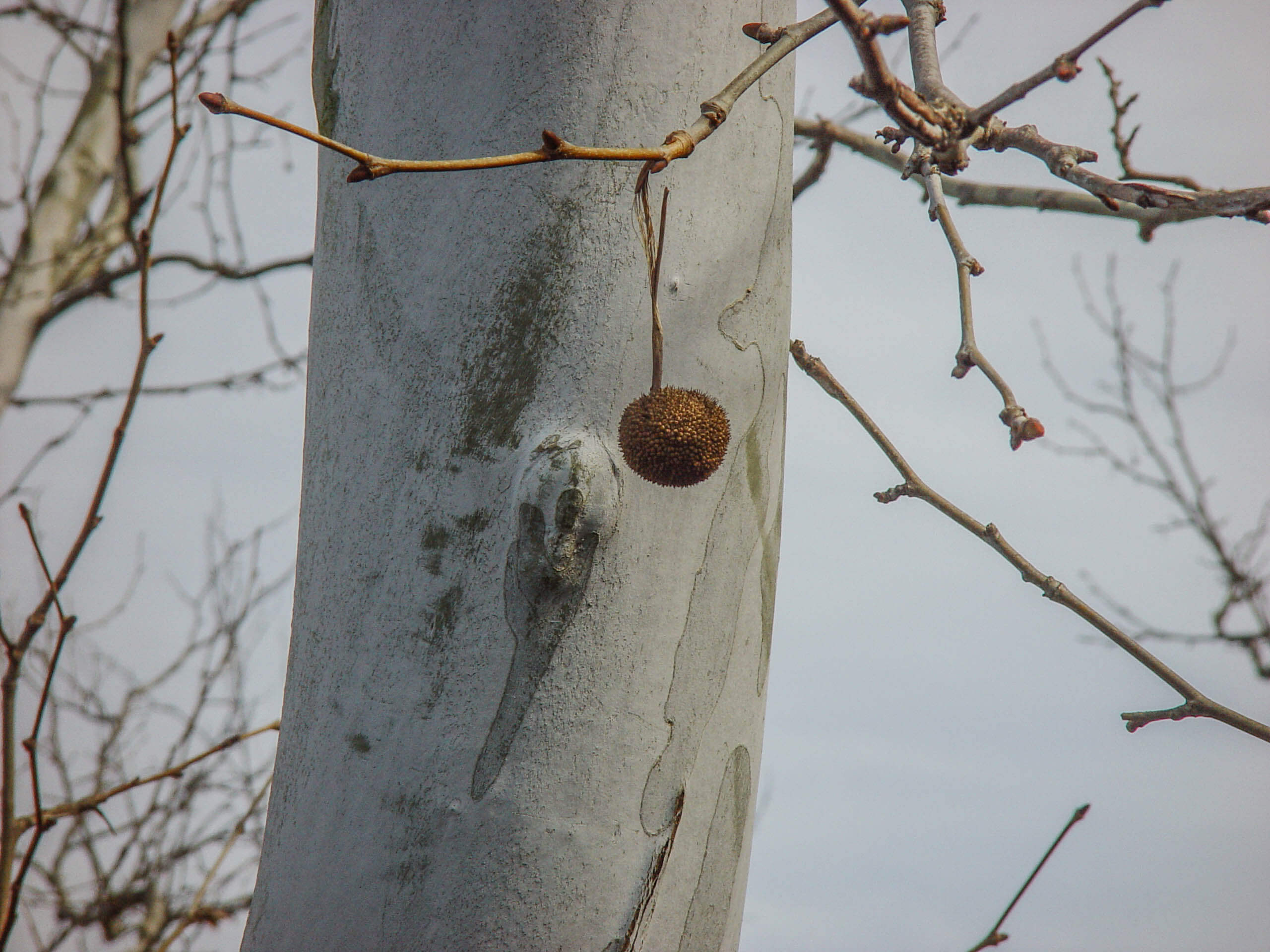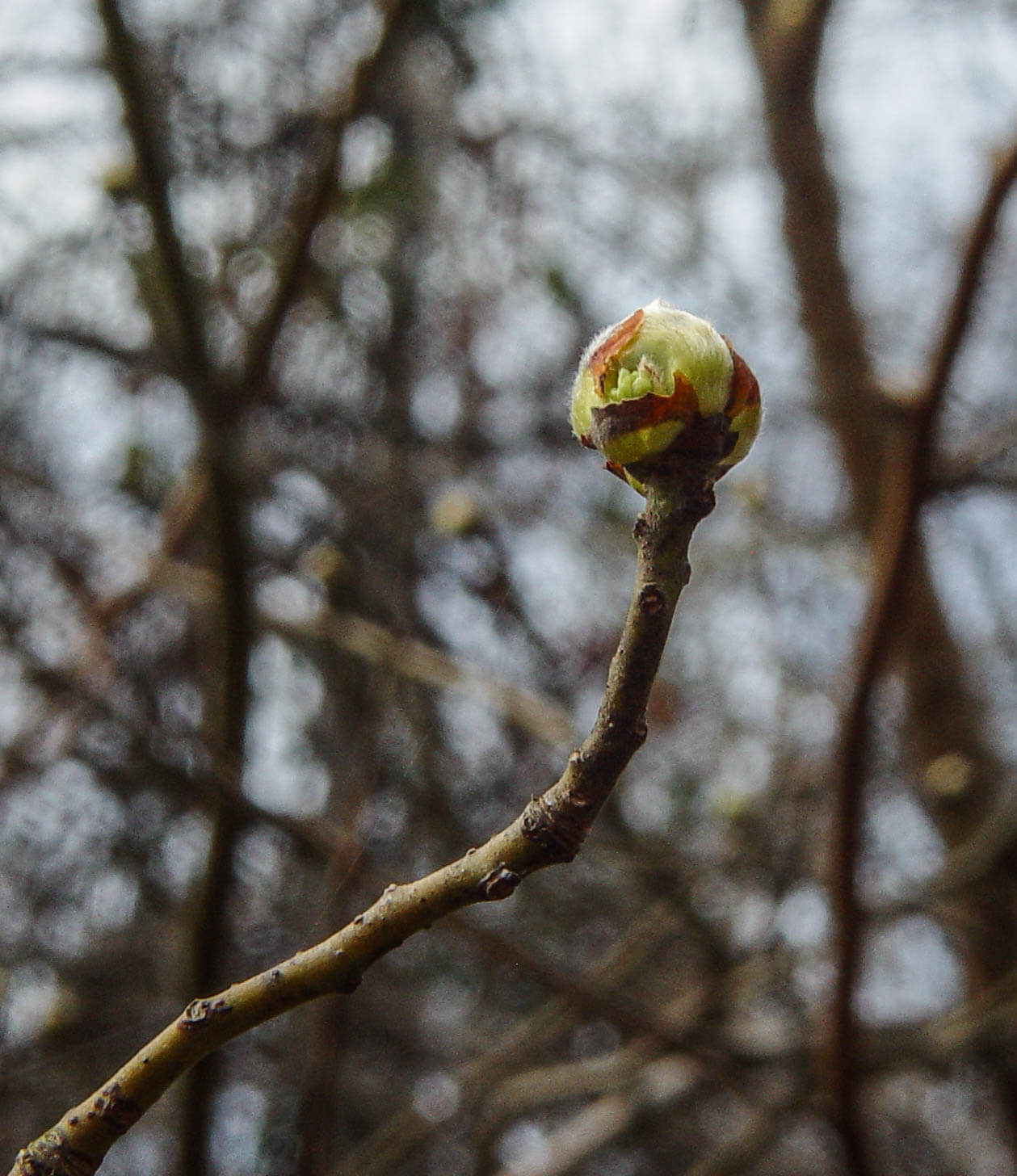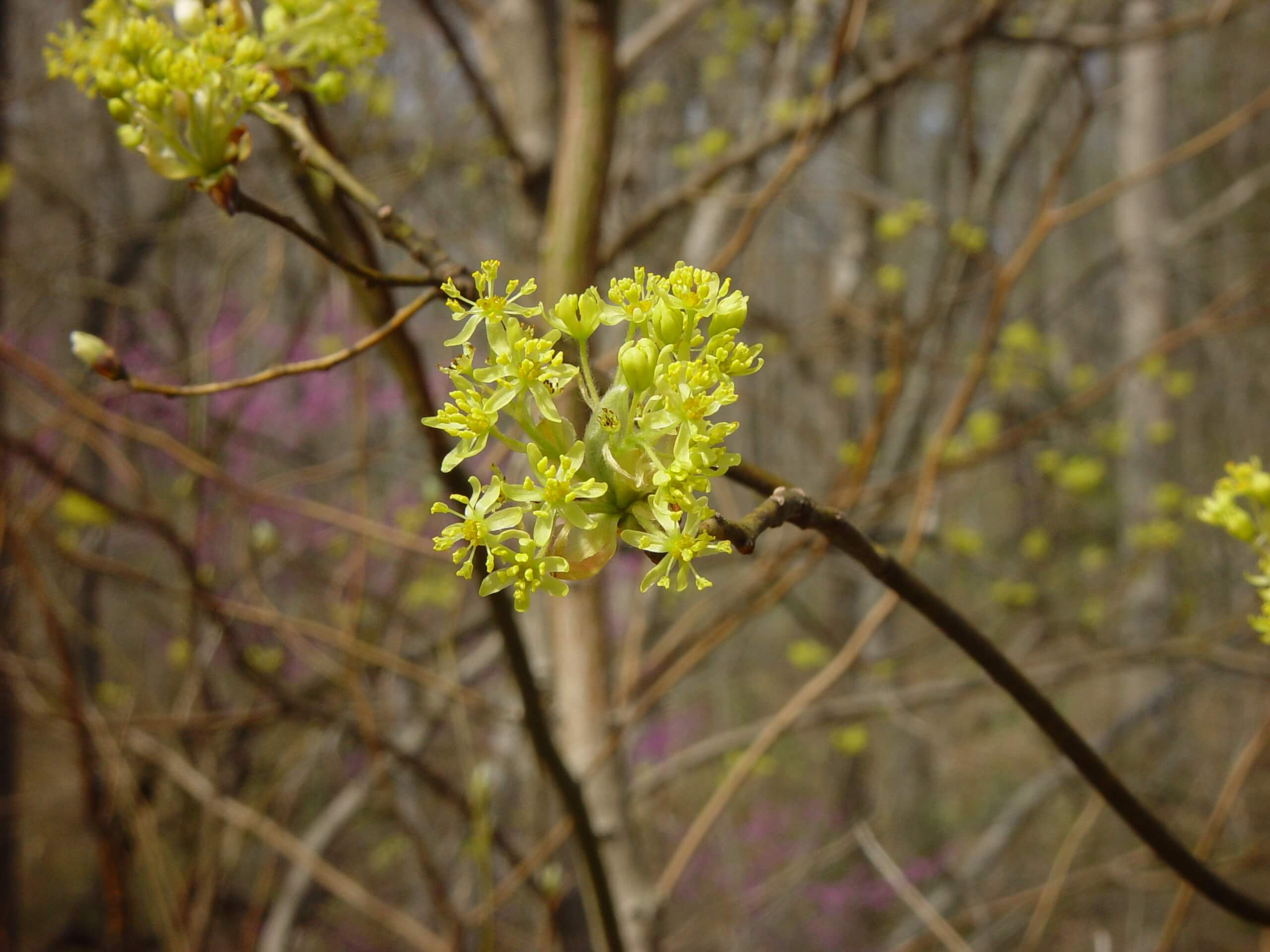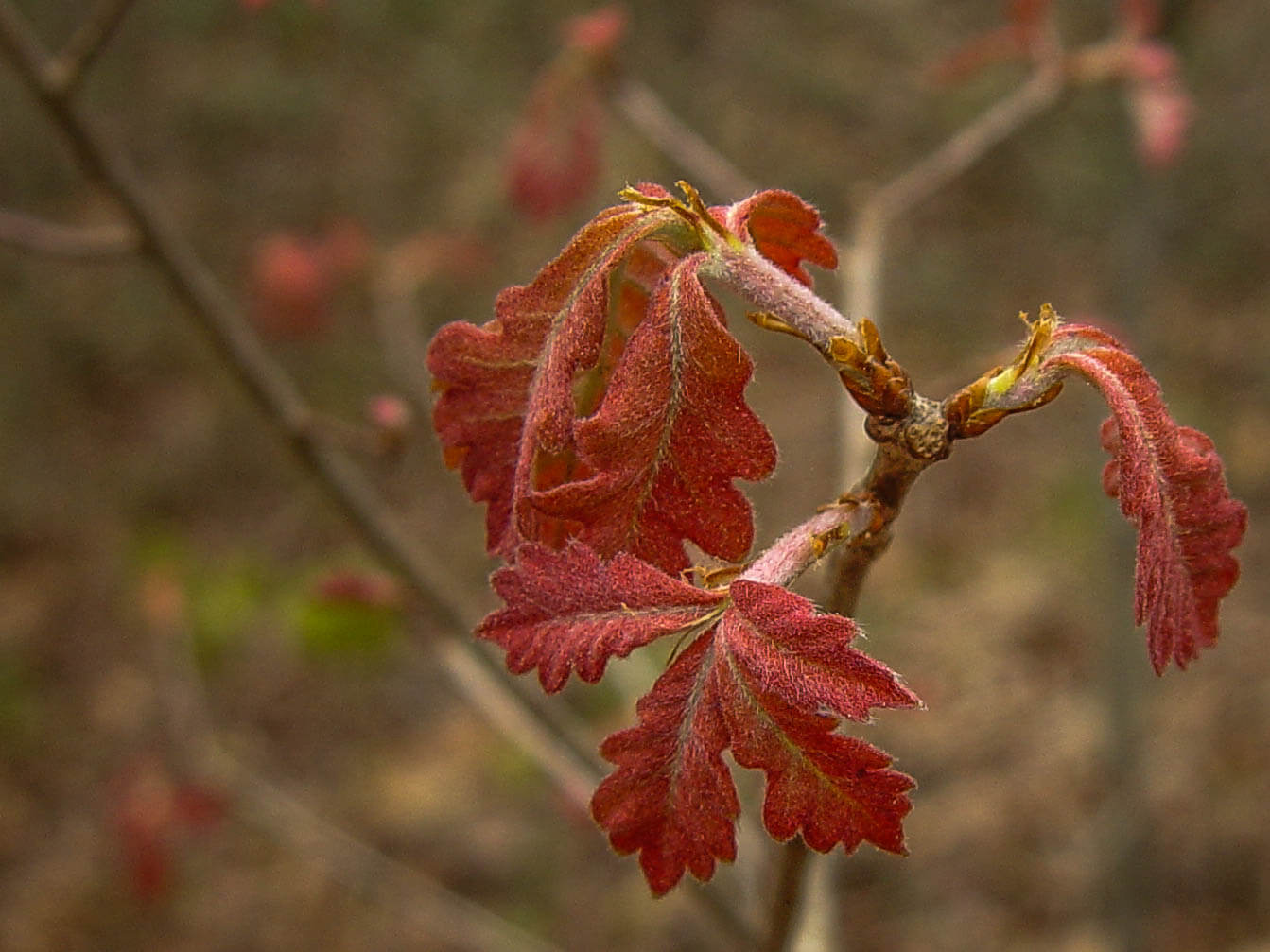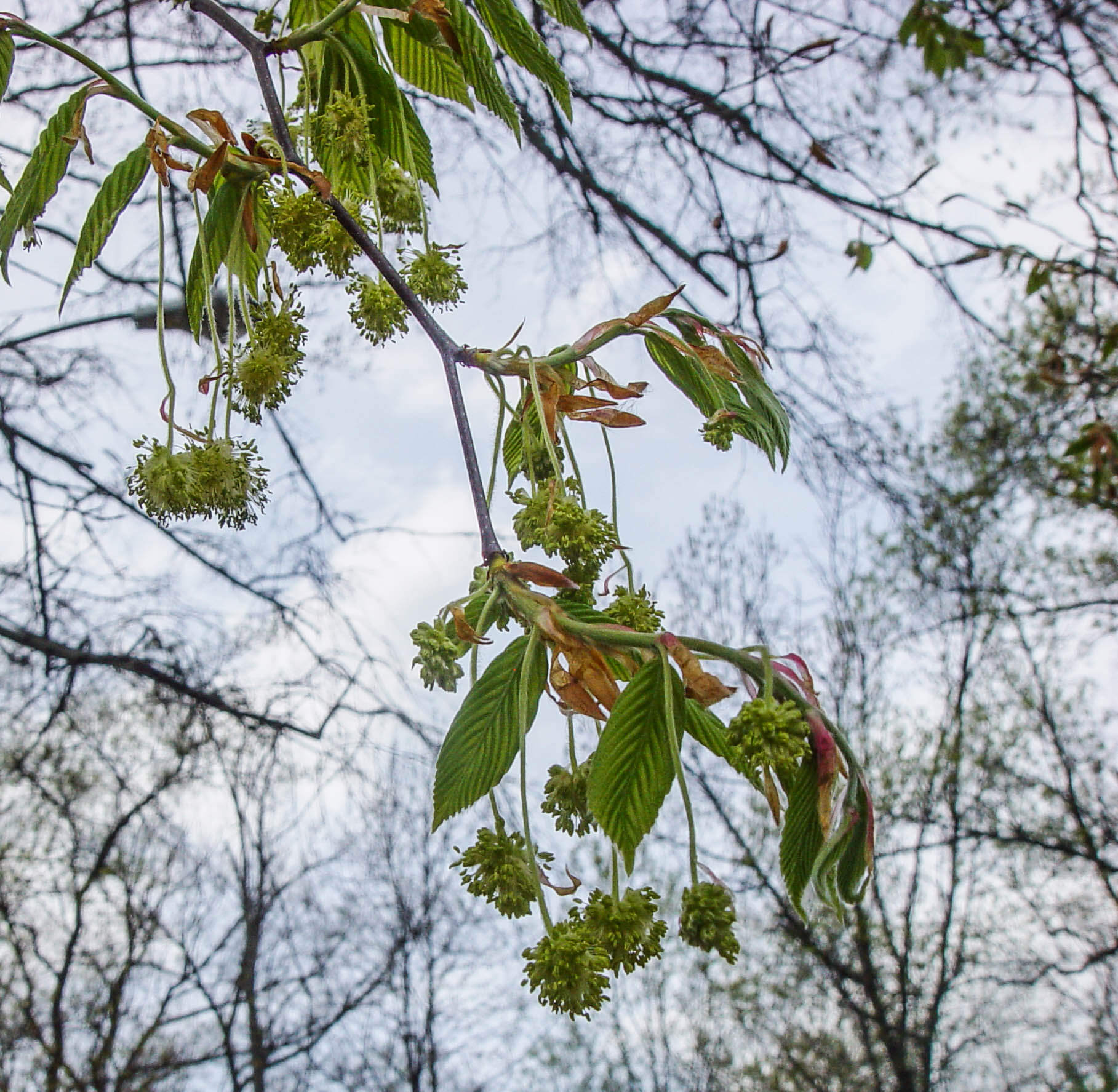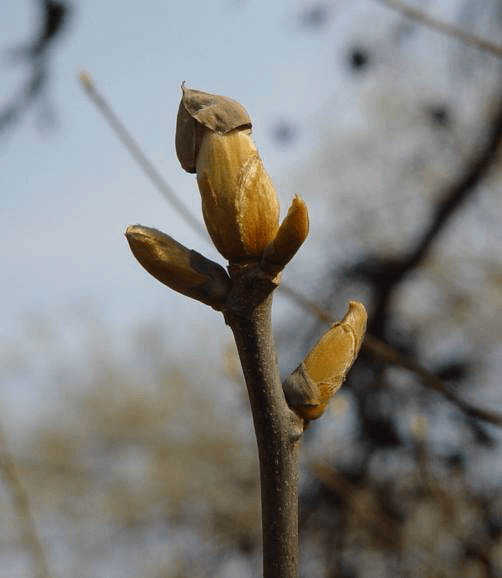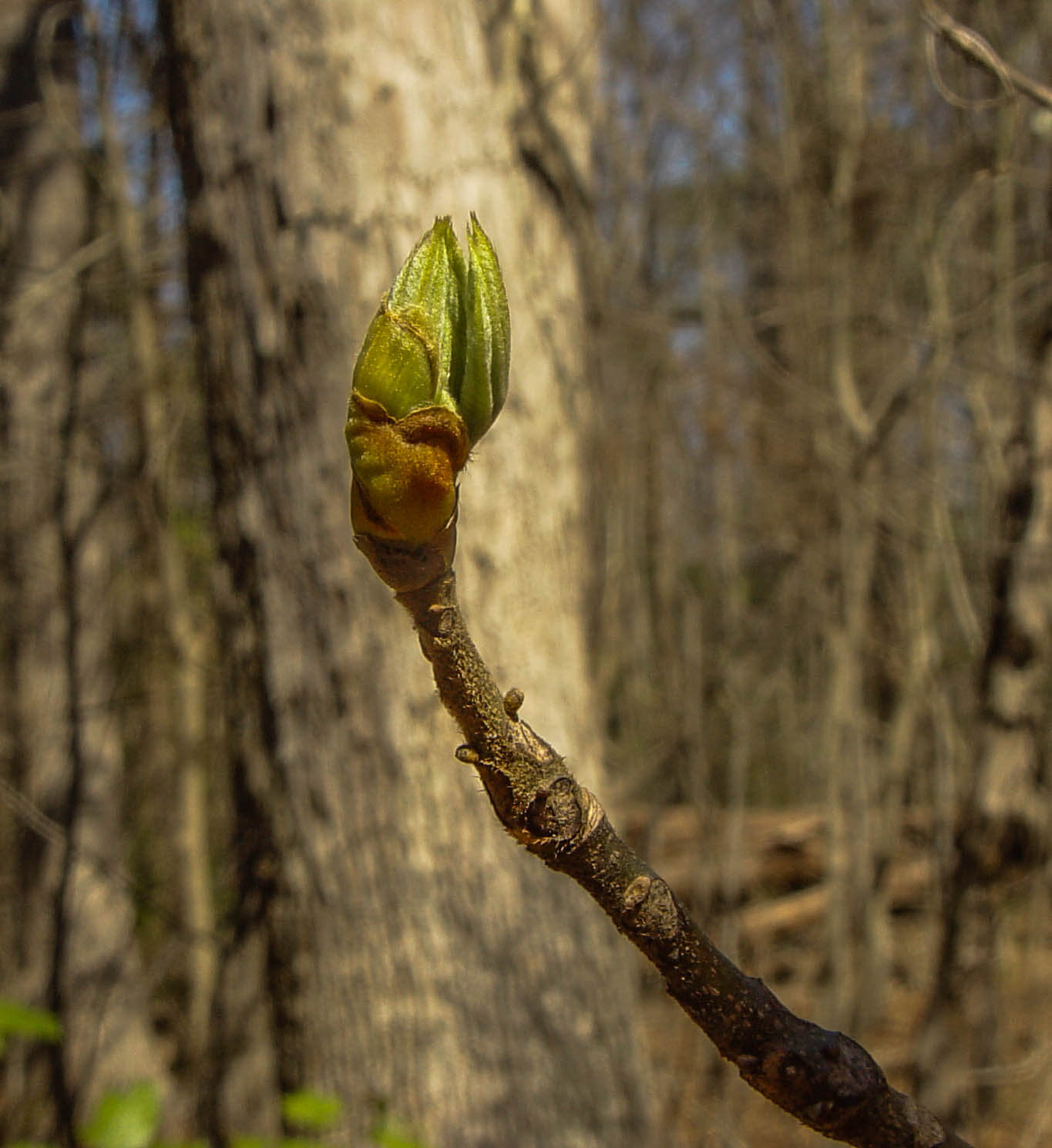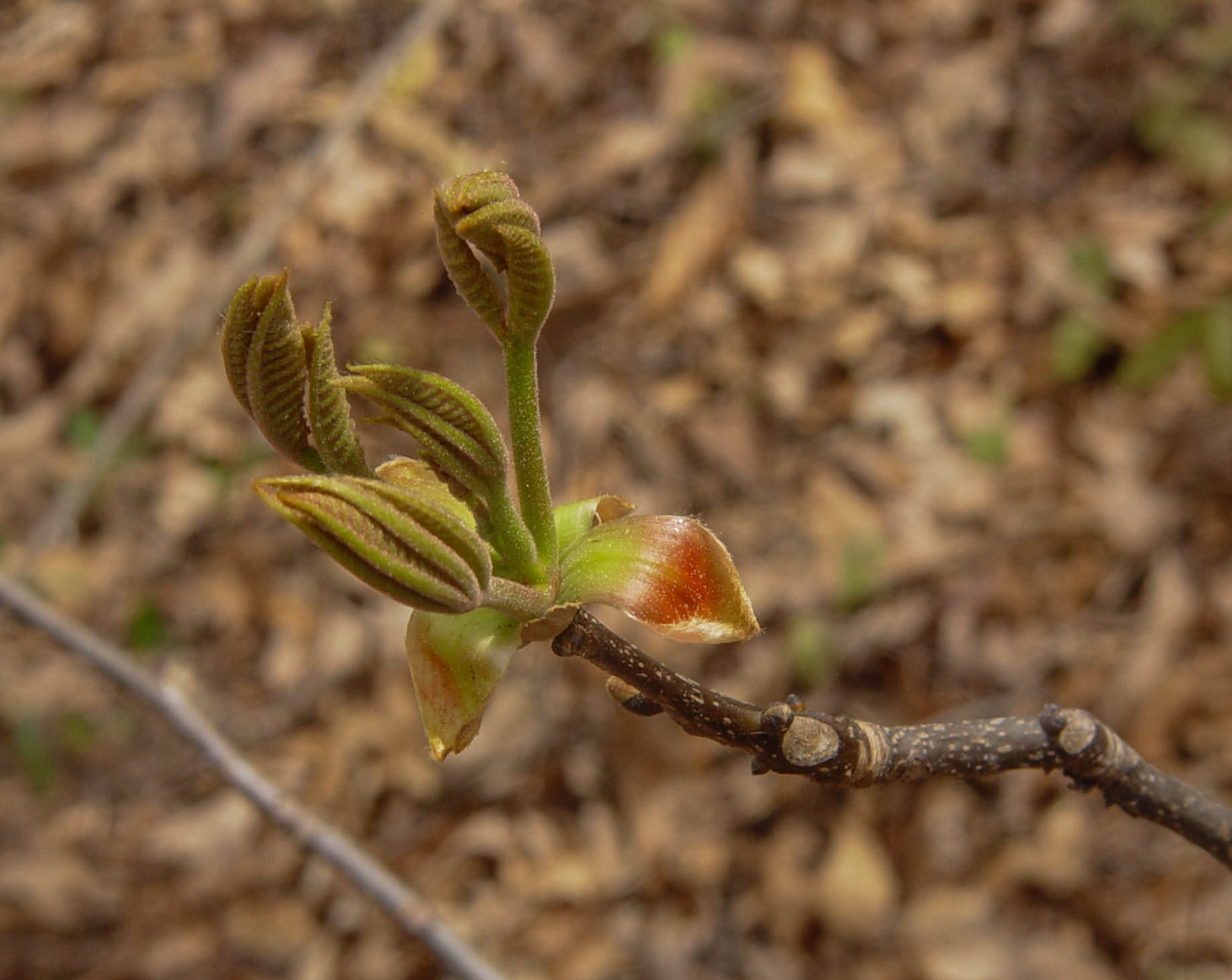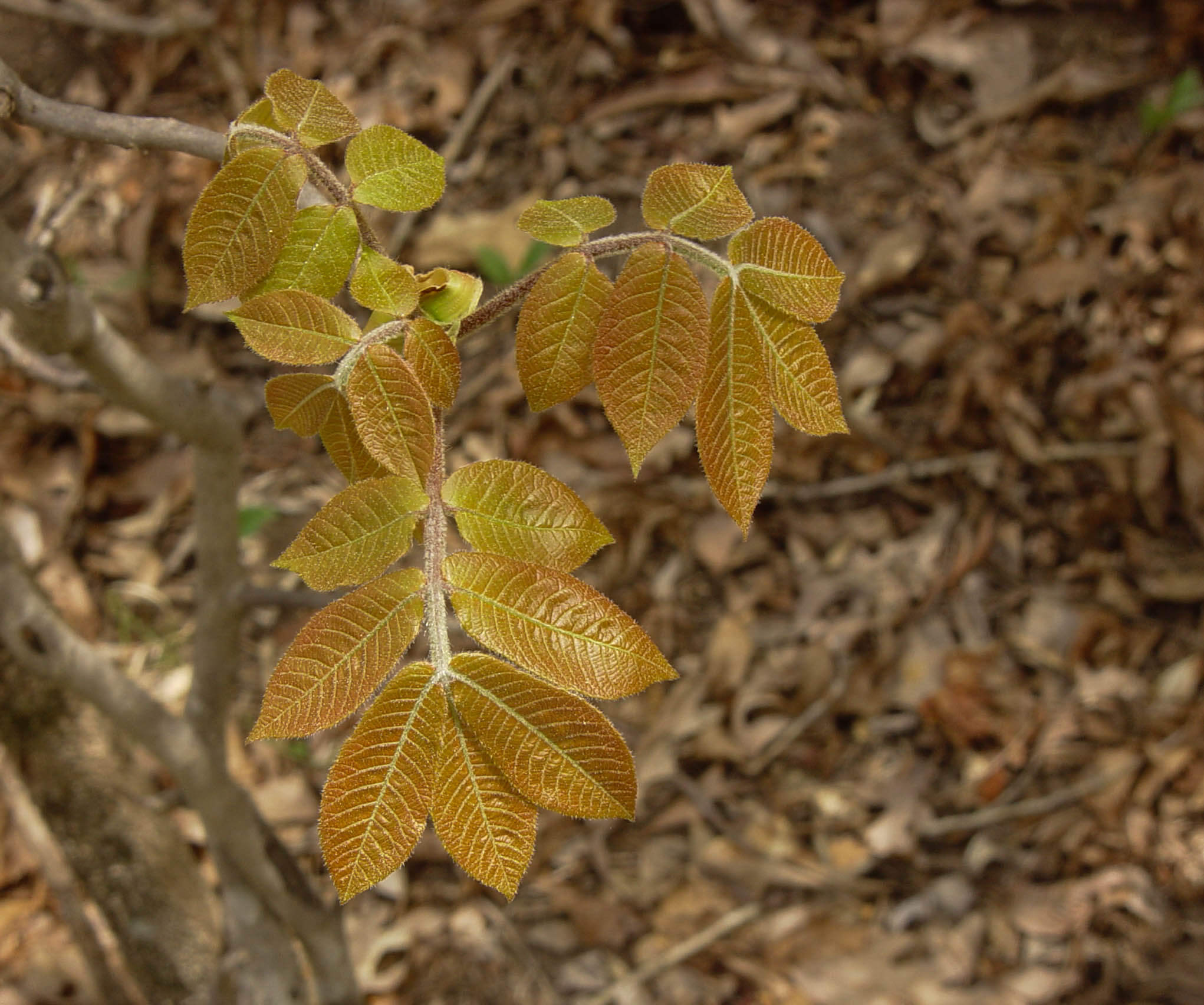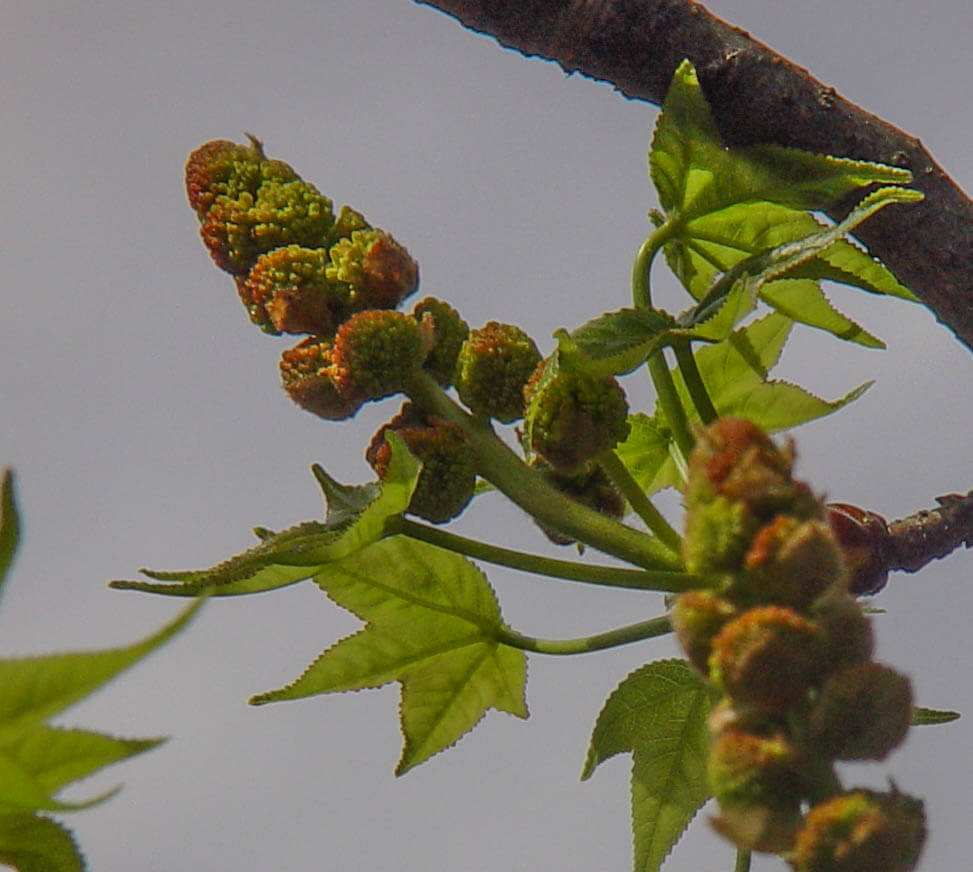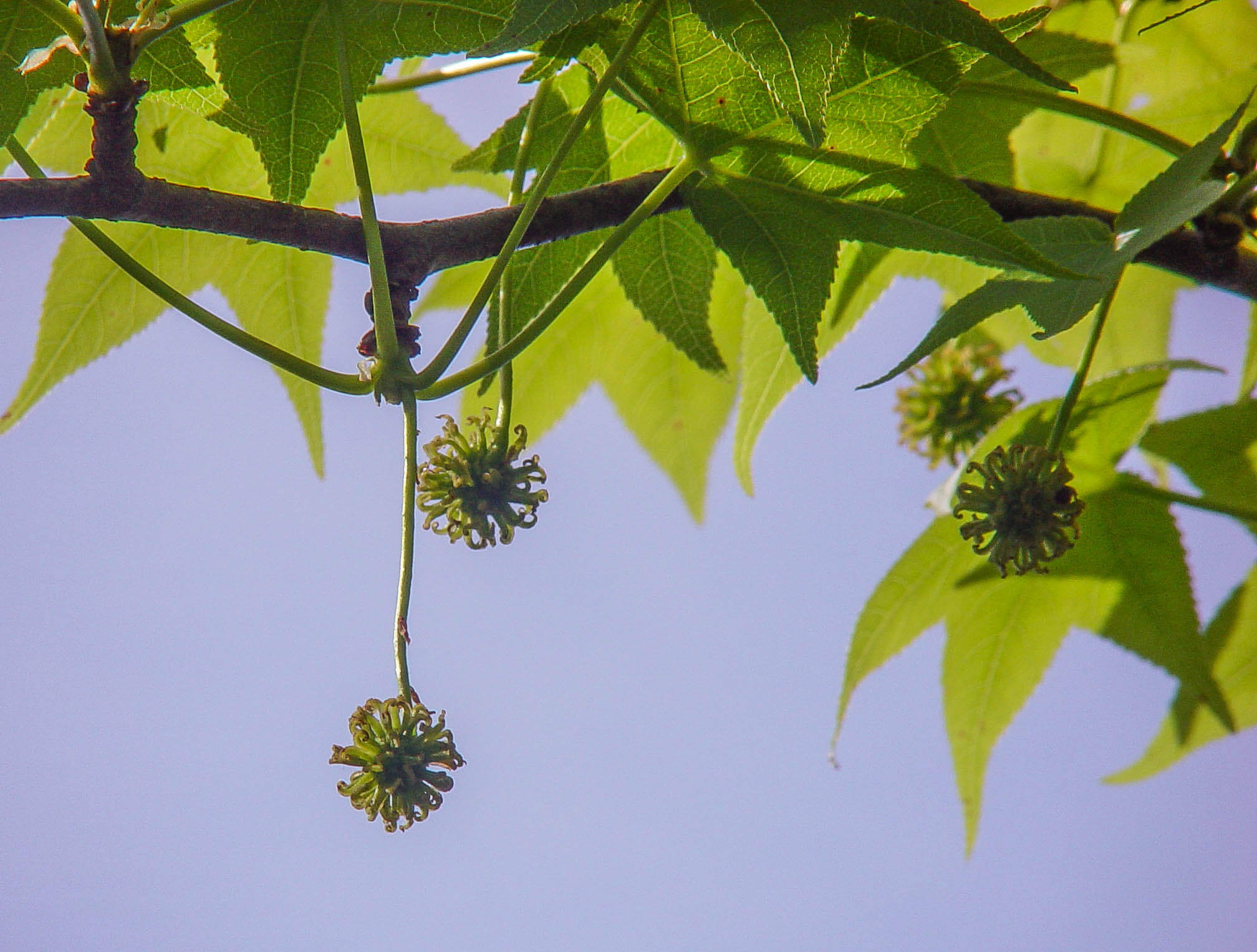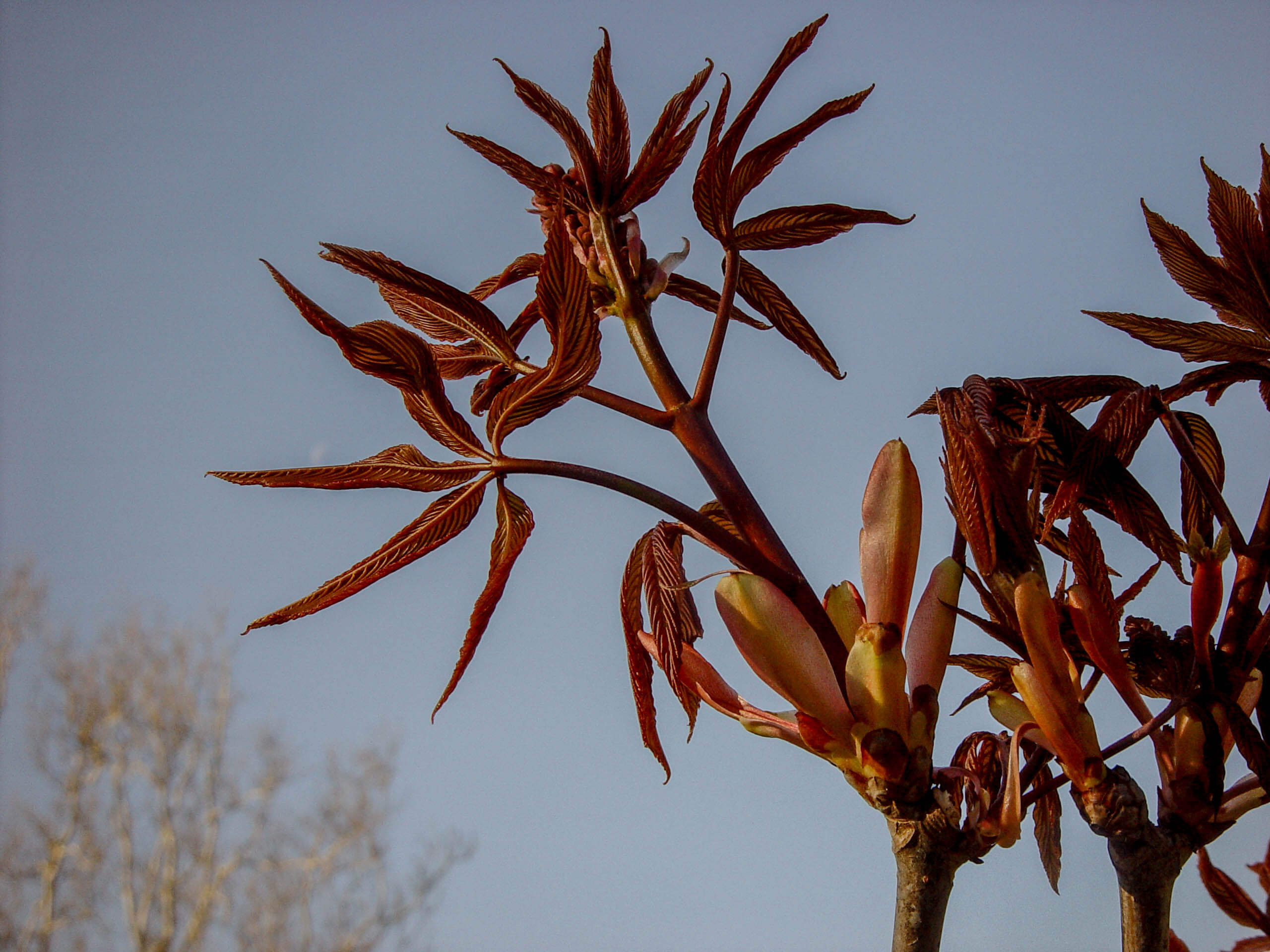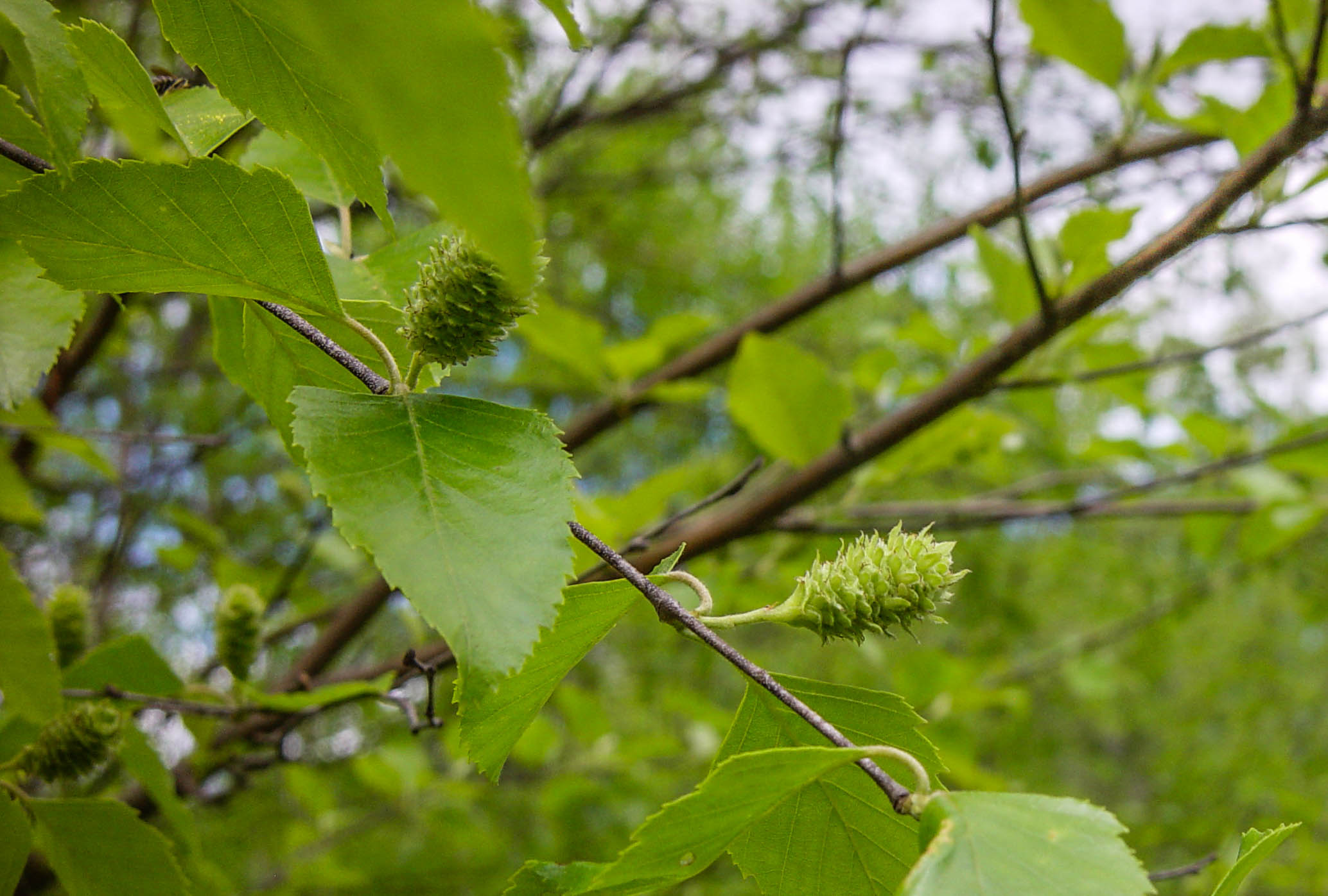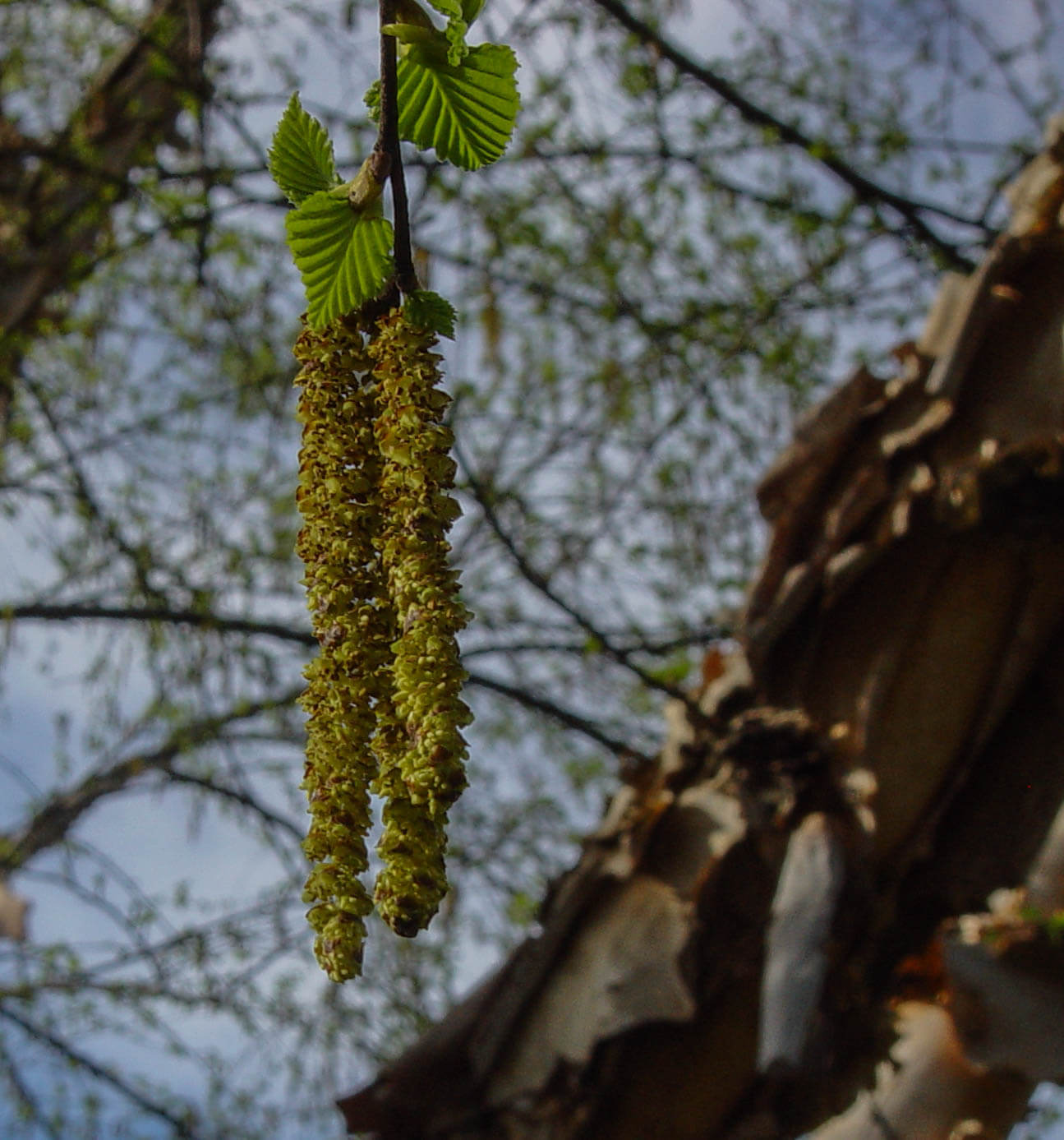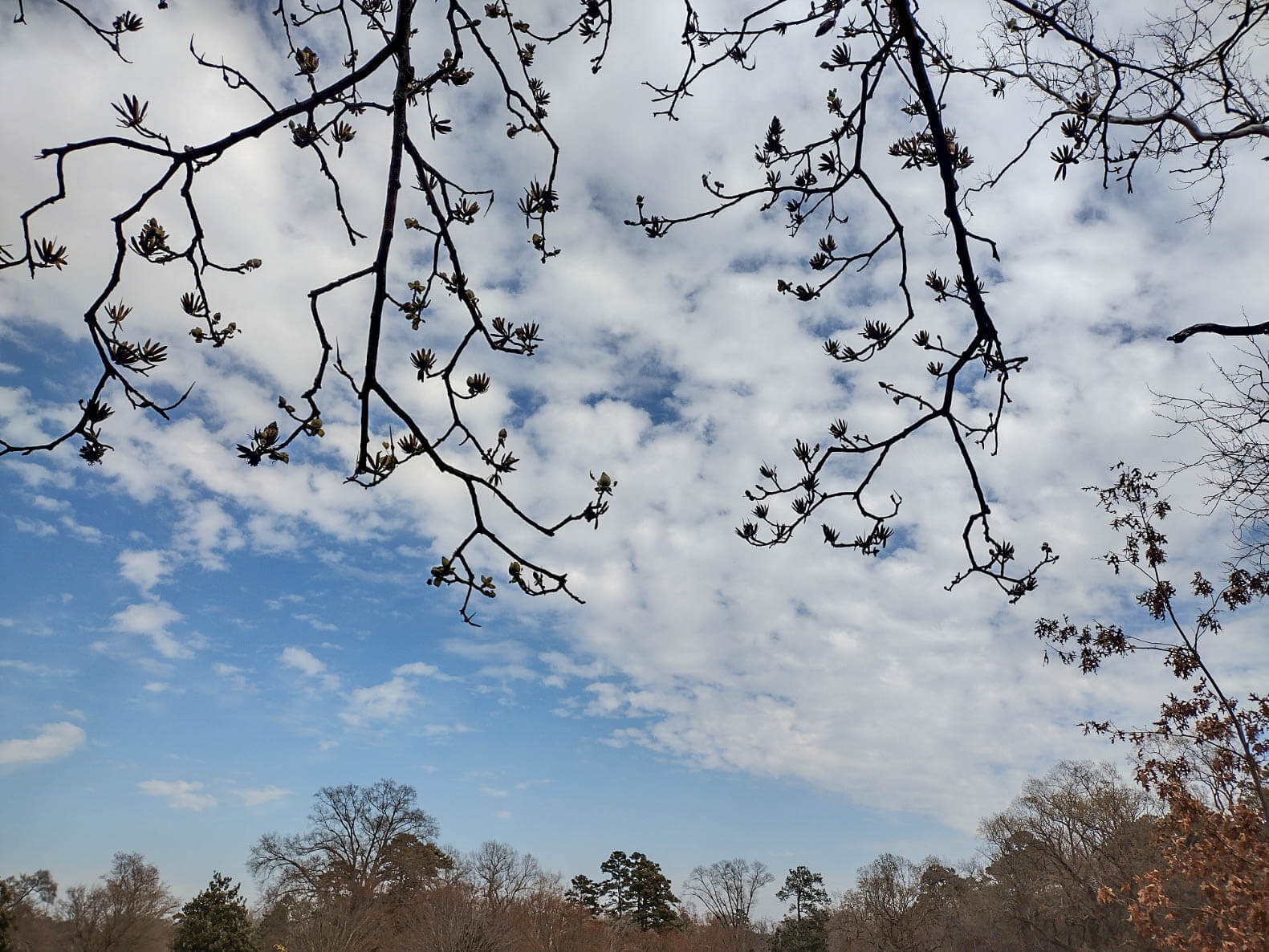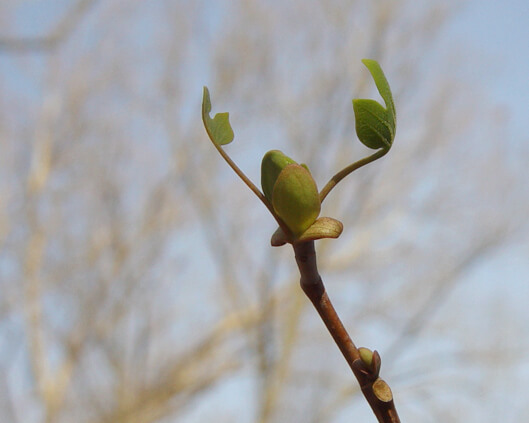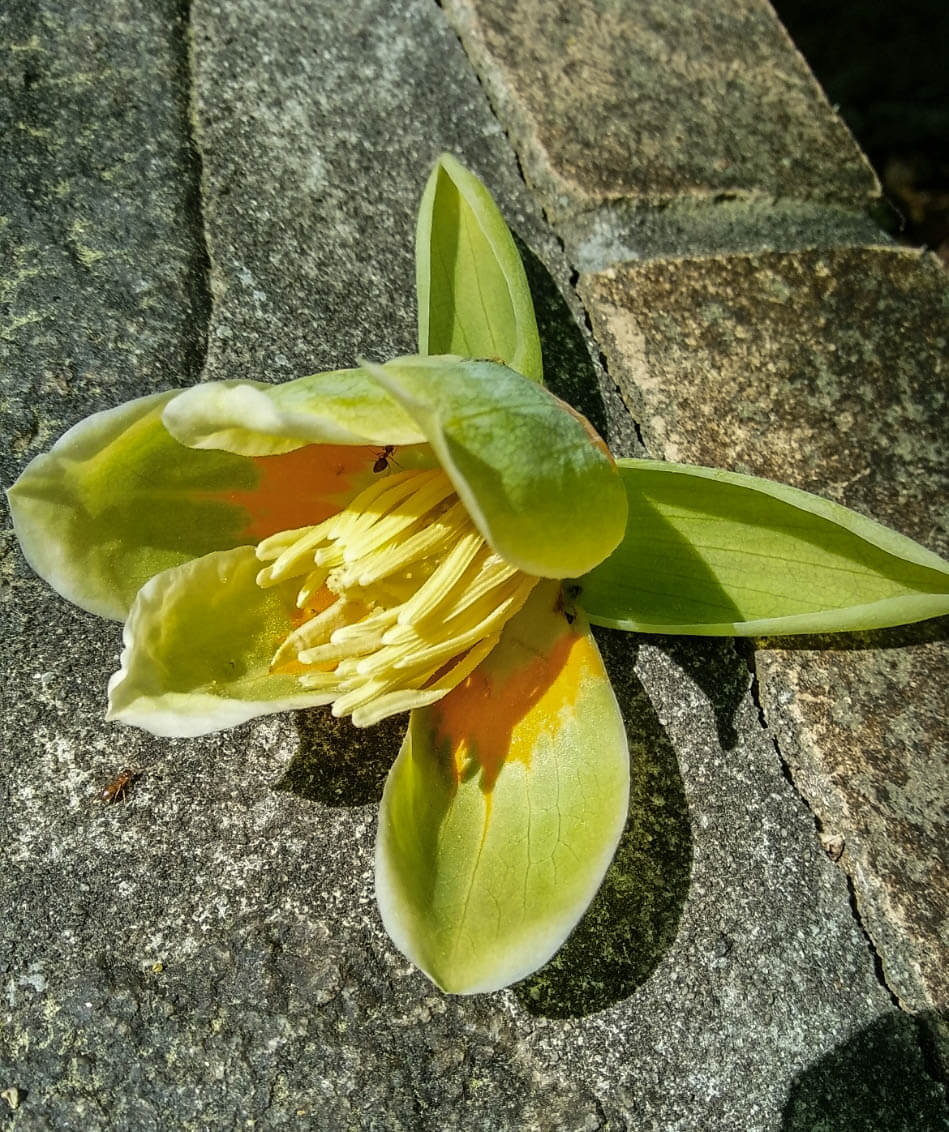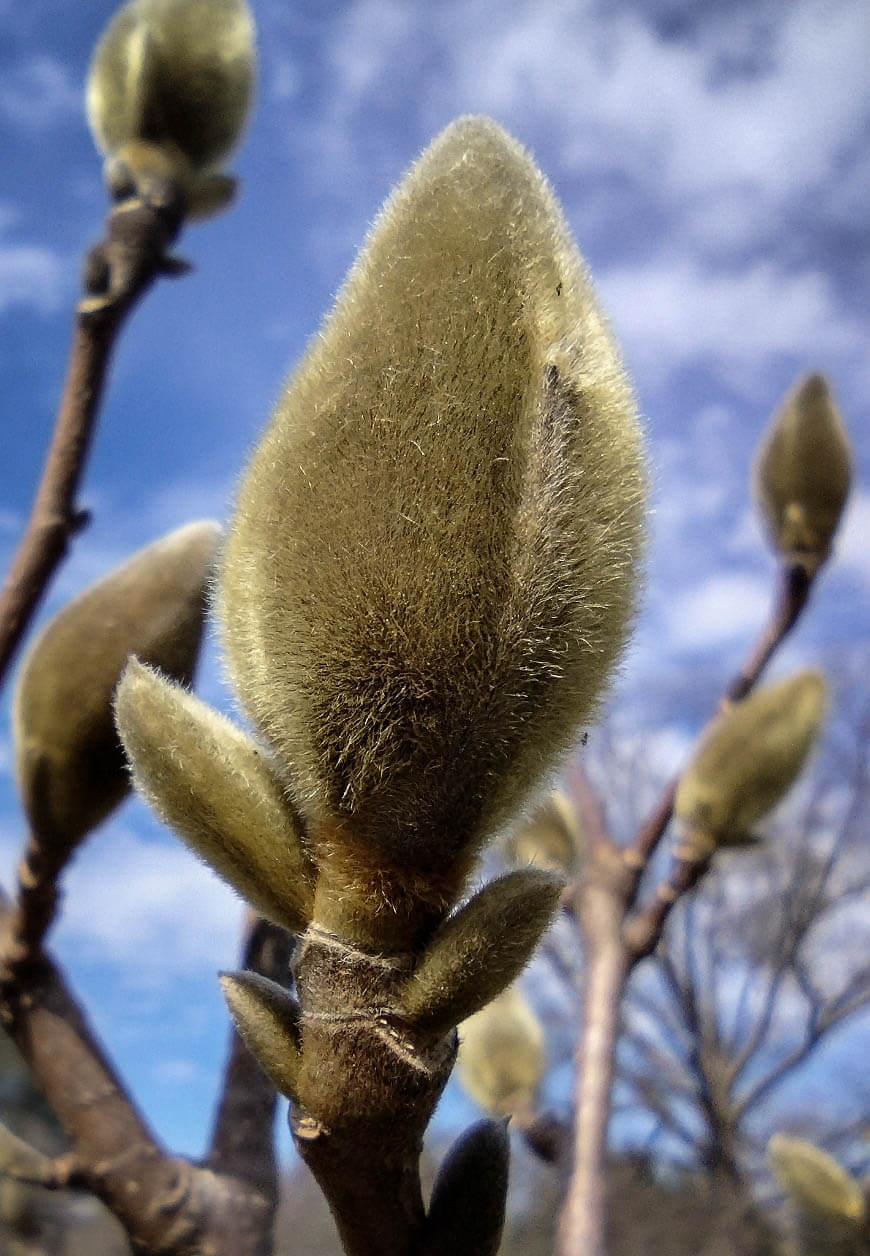Many of us admire trees from a distance or walk by and look up to see how big a tree is. If you have never stopped to take a really close look you are missing something grand, especially this time of year. Some trees, red and silver maples for example, have already flowered and are forming seed. Sycamore still has seed pods from last year, but not for long. Other species have buds packed with flowers and leaves just beginning to open. The unfurling is almost magical. When you are near a tree, stop for just a moment and take a look.
Author: Suzette Lyon
PRUNING OF CITY STREET TREES
An easier way to get help with smaller trees that require structural pruning or sidewalk and street clearance pruning is to contact the Richmond City Tree Stewards and request assistance at https://richmondtree1.wpengine.com/contact/. A Tree Steward in your area will take care of getting the appropriate permissions and will be happy to take care of city trees at no expense to the homeowners. Pruning projects are what Tree Stewards live for!
Tree Stewards may be able to reach some of the branches on larger trees with pole pruners but can’t tackle the really big jobs. Larger trees that require extensive pruning can be approached in one of two ways. If there appears to be an immediate hazard to passing cars or pedestrians please notify the city arborist through the City’s RVA311 request site. However, there is a large backlog for routine maintenance of large trees, so the best approach if you want something done in a timely manner is to contact a local tree company with certified arborists and have them submit the application and perform the maintenance at your expense.
Originally published in the Church Hill News
Leaf Litter: The only litter that should be left on the ground.
Here’s a short list of the many benefits of leaf litter.
- Keeps soil temperature more consistent- insulates against cold and heat.
- Recycles nutrients from the plants themselves providing just what the plants need.
Lots of critters live in leaf litter; worms and millipedes, caterpillars and pill bugs. As they chew on leaves and move around, they break it into smaller pieces. Fungi and bacteria then break it down further into nutrients that can be used by plants.
- Leaf litter is a layer of life.
Brown thrashers and some other feed primarily on the bugs living in leaf litter. Frogs, skinks, turtles, and others can benefit, too. Every resident there is connected to the food web and so lowly leaf litter can actually create a more diverse habitat.
- Over time, leaf litter will create a rich, moisture retentive soil where plants can thrive.
- And it’s FREE!
Thinking about keeping those leaves? Here’s what you can do…
- If you have a few leaves on your lawn, use a mulching mower and let them feed the lawn.
- More leaves? Mow with the bag attached to the mower and place in garden beds.
- Rake leaves into garden beds. Beds with shrubs and plenty of plant stems will keep most of the leaves where they are when the wind blows.
- Rake leaves into a corner of the yard and let them decompose then use as a soil amendment.
- Add the leaves to your compost pile.
It’s understood that not all properties have the space to keep their leaves, but let’s not think of them as a problem to be disposed of.
Improve your soil, create habitat, keep your leaves.

